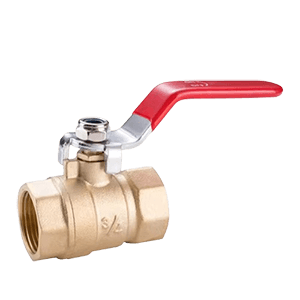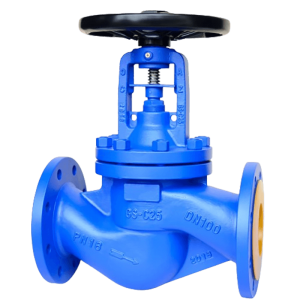In the complex world of marine piping systems, selecting the correct valve is critical to ensuring the safety, efficiency, and longevity of a vessel’s operations. Among the most commonly used types are marine ball valves and marine globe valves. Each type serves specific functions and excels under different operating conditions. In this guide, we’ll explore the structural differences, functional advantages, and ideal applications of each to help you make an informed decision.
Understanding Marine Ball Valves
Marine ball valves are quarter-turn valves that use a rotating ball with a hole through it to control fluid flow. They are known for their quick shut-off capabilities and are widely used in marine systems where fast operation and reliable sealing are critical.
Key features
-
Simple structure, easy to operate and maintain.
-
Full bore design, minimizing pressure drop across the valve.
-
Quick shutoff, ideal for emergency applications.
-
Common materials include brass, bronze, and stainless steel, offering corrosion resistance for harsh marine environments.
Understanding Marine Globe Valves
Marine globe valves, in contrast, are designed for throttling and regulating flow rather than just turning it on or off. The flow path through a globe valve is more tortuous, offering higher resistance, which allows for better control but comes with a higher pressure drop.
Key features
-
Linear motion valve with rising or non-rising stem.
-
Excellent for precise flow regulation.
-
Typically used in cooling systems, steam systems, and other onboard applications where throttling is necessary.
Ball Valve vs Globe Valve: Side-by-Side Comparison
| Feature | Marine Ball Valve | Marine Globe Valve |
|---|---|---|
| Operation | Quarter-turn (quick open/close) | Multi-turn (throttling capability) |
| Flow Control | On/Off only | On/Off + precise throttling |
| Pressure Drop | Low | Higher |
| Maintenance | Easier | More complex |
| Durability in Marine Use | High | High (especially with bellow seal) |
| Common Material | Brass, Bronze, Stainless Steel | Cast Iron, Stainless Steel |
| Typical Applications | Fuel, seawater, bilge | Cooling water, steam, ballast |
Choosing the Right Valve for Marine Applications
-
Flow control needs: Choose globe valves for systems requiring regulation; ball valves for quick shut-off.
-
System pressure: Globe valves handle pressure changes better when regulating flow.
-
Installation space: Ball valves are more compact and may suit tight installations better.
-
Maintenance frequency: Ball valves are generally easier to disassemble and service.
If you’re sourcing valves for your vessel, consider working with a trusted marine valve manufacturer like Qingdao I-Flow, known for delivering high-quality, corrosion-resistant, and certified marine valves to clients in over 40 countries. Choosing the right partner ensures not only product quality but also compliance with international maritime standards.
Post time: May-08-2025


